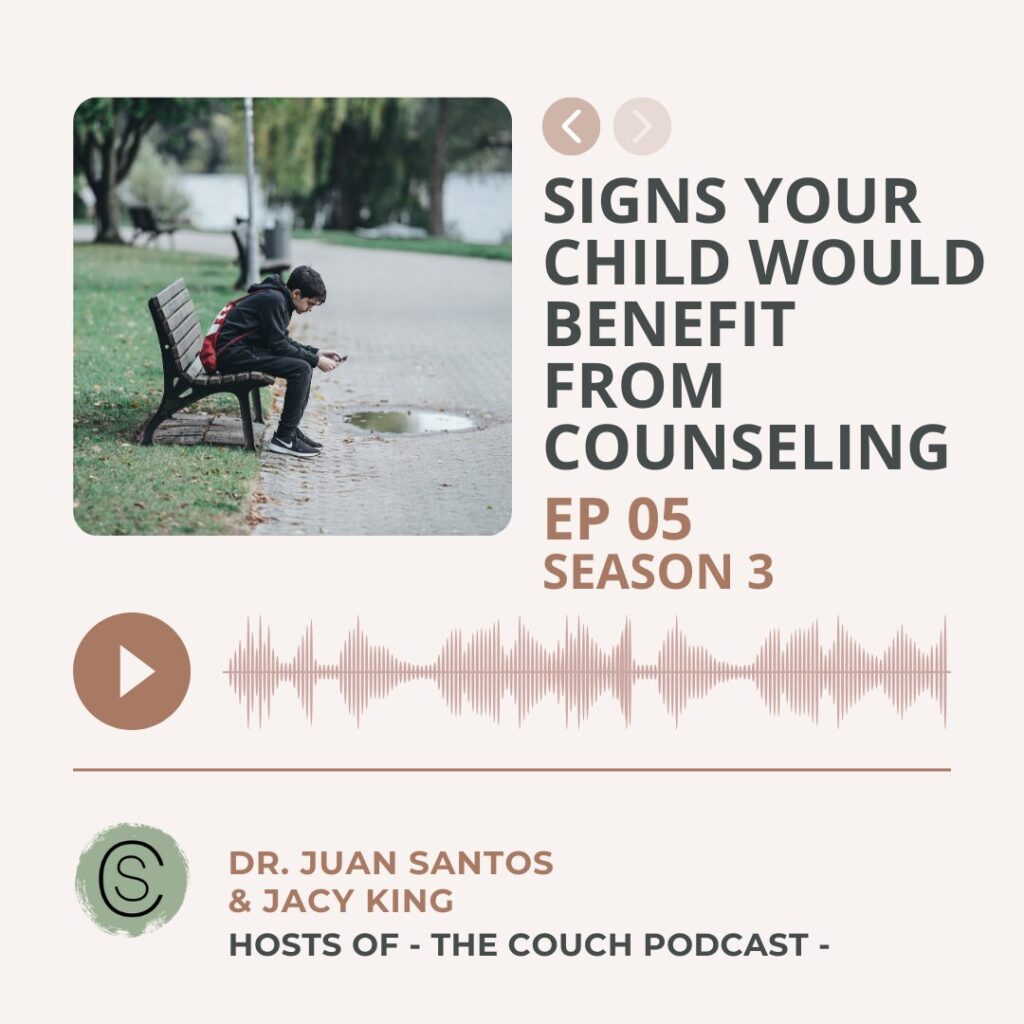Blending Families And Helping Stepsiblings Get Along
Nearly 40 percent of marriages end in divorce.
That is a hard fact to swallow!
I share that a large portion of marriages end in divorce so that we are aware of the connection between divorce and blending a family. Skipping over the divorce and going right to blended families and helping stepsiblings get along would leave out one too many key points of awareness and growth.
I’ll share one key point in the connection between divorce and blending a family so that you can see my point.
A common cause for stepsibling rivalry and tension in blended families is seen when a child holds anger towards their stepsibling because they see the stepsibling as the reason for the divorce. The child reacts by fighting with their stepsibling.
When creating a healthy and positive blended family, it is vital to explore the entire story.
The subject of today is not divorce. The focus is on “how to help your kids get along with each other”. More importantly,
- “How to help your kids get along with their step-siblings”.
- “Helping your kids stop fighting and arguing with their step-siblings”.
- “How to help my daughter or son get along with their older step-sister”.
Before we dive further into strategies that you, an awesome parent, can implement. Please be aware of something that you already know. “Parenting is not easy”.
With that in mind, take a deep inhale and exhale. If possible work to give yourself space to be your genuine self. Remove the pressure of feeling that you have to have everything perfect. Kids will be kids. Some days they will love each other, and others they will share with you that they can’t stand their sibling because they took their toy or game. Try to enjoy the ride.
What Is A Blended Family?
A blended family is a family unit that is created by two separate families. An example of this is seen in one partner with two kids marrying his partner who has three children of her own. Once the couple comes together their families will blend.
There is so much beauty that can blossom in a blended family.
Kids are able to learn cultural differences, new traditions, and witness the beauty of a growing family.
Common Challenges Blended Families Experience
One of the common challenges that blended families experience is skipping over the structure and change process. At times, a child may simply not be ready for the big step of moving in together with their new stepsiblings and stepparent.
Through the change in life, the uniting of the families brings a positive change to the culture of the family. The change can be difficult.
Parents can address the difficulty by connecting with their kids on the topic. One way to do this is by slowly integrating the children. Letting them get to know their stepbrother or stepsister in a manner that is nonthreatening.
Consider if you are an 11-year-old child. You are used to getting home and seeing your dad every day after school. In the mornings, it’s you and dad hanging out before school. During the weekends, dad takes you out to the park and to toss the football around. This has been the routine for the past years. All of a sudden is you notice that dad is less and less available. He is dating. This time, it’s different. You are seeing more babysitters and have a few days out of the week you are sleeping over at grandma’s house. Before you know it, dad is talking to you during dinner. He says, “I met someone. We are planning to get married and she is moving in. She has two kids. They are a little bit younger than you. Buddy, you are going to be a big brother.” You sit there and watch how excited dad is, so you nod and pretend to show excitement. Deep down, your mind is racing, and your stomach starts to feel upset. Not before long, you are sharing time with your dad. You have to ride the morning bus because he can’t take you to school anymore. On the weekends, it’s everyone spending time.
The case example above aims to give you insight into a situation that may create challenges when blending families. The key area of focus from the case study is the lack of communication that took place.
Blending families is a big step. It’s one that impacts the parents and kids.
As a family and child therapist, I encourage you to consider communicating with your child. Sharing with them the upcoming steps in life.
Communicating with your child provides them with value. It shows that you are considerate of their feelings, aware of how the change may impact them, and open to hearing their thoughts and feelings.
We help siblings get along and families come together
Helping Stepbrother and Stepsister Learn To Get Along
I want to share ways that you can help your child get along with their stepsibling. The strategies listed are only a few, please know that there are more. Working with a family child and family therapist can give your family and child a supportive and non-judgmental space to build a healthy and constructive relationship.
7 Ways To Help Stepsibling Get Along When Blending Families
1. Remove parental comparisons when blending families.
What this simply means is that parents remove words that compare one child to another. Such as saying, “try to be more like your brother. He is always on time.”
I want to share with you a helpful video focused on words to stop saying to your kids.
2. Be considerate of the change when blending families.
I have a question for you.
Do you think that it is easy or challenging to merge a family?
I assume the answer is challenging.
Even if this the two best families coming together. The reason that merging families can be challenging is due to the number of players. A blended family goes from 2 or 3 people to double in size. More people mean more personalities. More birthdays. More traditions. More of everything.
Yes, I am aware that there is so much good that comes from merging families.
I simply want to share the reality.
That merging families take work.
To reduce sibling rivalry and help your family merge in a healthy manner, please take time to acknowledge that a change is taking place.
Give everyone space to adjust to the change. You can do this by creating space for open conversation, allowing space to talk about potential challenges that may take place, and showing that you as the parent are present and fully invested.
3. Have realistic expectations when blending families.
Not too long ago a family reached to ask for support with stepsibling rivalry and blending the family. During a family therapy session, I gave everyone a sheet of paper. I asked them to answer the following question.
Before the family blended, what was your expectation?
Think about what you expected to happen or to see when the family merged together.
I read the answers to family.
Some expectations were taking place and others were not.
One of the parents had the expectation that the stepsiblings would be best friends.
During the time of the session, the expectation was not taking place. I shared with the family the importance of expectations. That our expectations often impact the decision we make and the way we live our life.
I encouraged the family to create new expectations that held space for growth and were realistic.
I share a few examples that you can utilize with your blended family.
- Show respect.
- Practice kindness.
- Be considerate of each other’s feelings.
4. Be patient
Parents are often anxious and really eager to move the family in a positive direction. You, as the parent, may really want your kids and the entire family to quickly transition into family-related activities: board game night; movie night; or a family outing. In your mind, these activities are often the answer.
Practice patience by working to discover the similarities and common interests between the kids. Once you have a strong idea of the common interest, present the interest in a format of activities. For instance, you may take them shopping; go to the batting cages or a movie.
If the activity is not one of common interest, the kids may feel “pushed, forced, and uncomfortable”.
A supportive book to help with parenting and raising awesome kids is How To Talk So Kids Will Listen and Listen So Kids Will Talk.
A great book for parents wanting to connect with their kids or to communicate lessons that create connection and understanding between a parent and child. How To Talk So Kids Listen and Listen So Kids Will Talk, helps parents find the missing pieces. Much of what is discussed in the book, is taken from counseling sessions.
For instance, if you are struggling with understanding and coping with setting limits and boundaries the book helps you stick to it through an application, education, and strategy. The book highlights the following core areas of parenting: setting limits and boundaries, effective communication, positive talk, supportive talk, praise, cooperation with your child, and establishing the parent-child relationship. Fun fact, these are some of the core areas that bring people to seek family counseling or parenting support.
CLICK HERE to learn more about the book.
5. Family Inclusion
Remember, your goal as the parent is to create a family system in which your kids are getting along and basically everyone is getting along.
Great!
Now, remember that you can NOT do this ALONE.
Involve your kids in the process by letting them know what is going on. Hopefully, you have already engaged in open and frank communication prior to joining the family. If not, section out a time to engage with your child.
Going back to “common interest”. Instead of running the show, ask your kids what activities they enjoy doing in an activity format. For instance:
Step 1: Ask your kids to sit with you in a quiet and distraction-free location. Maybe at a coffee shop or at home when it’s just you and the kids.
Step 2: Ask the kids to write down ten of their favorite things to do.
Step 3: Gather each of the things that they like to do and find common interests.
Step 4: Once you have identified a common interest, create an activity around it with their permission.
You could say:
So I noticed that you and your brother both wrote down enjoying going to the movies, playing Xbox One, and going to the Polo Outlet. Great! How about this weekend we all go to the Polo Outlet at noon? Each of you can have $XXX amount to spend. Is it a plan? Yes, or No…
6. Do NOT force your kids
Your child has experienced what can be a “traumatic experience” because they went from one environment and way of life to another. Often, the experience was not their choice. Due to this reason, it is important for you, as parents, to truly listen and communicate with your child.
- Ask your child if they want to spend time with their biological parent.
- Ask your child if they want to hang out with their friends at their previous location.
Work to maintain connections in the past environment that your child enjoyed and that were healthy. For instance, if your child was involved in a local sports team.
7. Kids are going to be Kids
Siblings fight.
Utilize what you have learned from the three sections above (patience, family inclusion, and not forcing your child in the transition).
If your kids are having a difficult time getting along with each other and you have as a parent exhausted your strategy book, seek external support. There are so many awesome counselors that can truly jump right in and assist your family. Counselors are able to teach parents new effective strategies that can provide the changes parents and families are searching for.
What Causes Sibling Rivalry
The reason siblings, such as stepbrother and stepsister, argue or engage in rivalry when families blend can be connected to varying root issues. Some are easier to see or notice than others. Below are common reasons that a stepbrother and stepsister may not get along.
As you read over each, take time to explore what is taking place at home. Consider creating shifts aimed to support the family system in growing together.
3 Causes of Stepsibling Rivalry
1. Jealousy when the parent shows attention to their stepsibling.
I think most of us desire to spend time with those that we love and care for. Consider your life. Who do you care about? Your partner, friend, maybe a parent? Now imagine that your child having that person that they care about shifts their attention. Yesterday, the parent was giving them all of the attention. Today, they see that their stepsibling is stealing attention from them. The child feels that change. It creates a sense of hurt and may come out as anger.
2. Unresolved feelings from the separation that get directed at the stepsibling.
We all know that divorce can come with its challenges. Kids are often right in the middle. Experiencing the ups and downs. Seeing the parents go from healthy communication to avoidant or loud destructive behavior. A child may fight with their stepsibling or display step-sibling rivalry because they blame their stepsibling for the divorce.
3. Less time with the parent.
At times, a child may from one day to another, become a stepsibling. The shift can have its positives and potential negatives. One negative, that may contribute to sibling rivalry is seen in the time spent with the parent. For instance, if the child goes from having ample to limited time with their parent. The change may provoke the child to build resentment or challenging emotions towards the stepsibling.
Books that can help parents connect with their kids and improve step-sibling relationships:
How To Talk So Kids Listen and Listen So Kids Will Talk
A great book for parents struggling to connect with their kids or to communicate lessons that create connection and understanding between a parent and child. I continue to recommend this book over and over due to what my parents tell me.
How To Talk So Kids Listen and Listen So Kids Will Talk, helps parents find the missing pieces. Much of what is discussed in the book, is taken from counseling sessions.
For instance, if you are struggling with understanding and coping with setting limits and boundaries the book helps you stick to it through the application, education, and strategy. The book highlights the following core areas of parenting: setting limits and boundaries, effective communication, positive talk, supportive talk, praise, cooperation with your child, and establishing a parent-child relationship. Fun fact, these are some of the core areas that bring people to seek family counseling or parenting support.
A great self-help parenting book.
CLICK HERE to learn more about the book.
The 5 Love Languages of Children: The Secret to Loving Children Effectively
The author Gary Chapman is well known for the development of the 5 love languages. The languages work to help people understand how they desire to receive and provide love. In the secret to loving children effectively, the author takes a unique approach that helps parents learn how to effectively connect with their kids.
For parents wanting to help their kids improve step-sibling relationships, the book can be useful. There are lots of tools and applicable tips aimed to help parents understand how to effectively show up for their kids, love their children, and create a healthy level of understanding and respect.
CLICK HERE to learn more about the book.
Some of the links in this post are affiliate links, this helps to offset the cost of writing, content creation, and running the website. This means if you click on the link and purchase an item, we will receive an affiliate commission. We use the money to keep the site going with helpful content like this.









